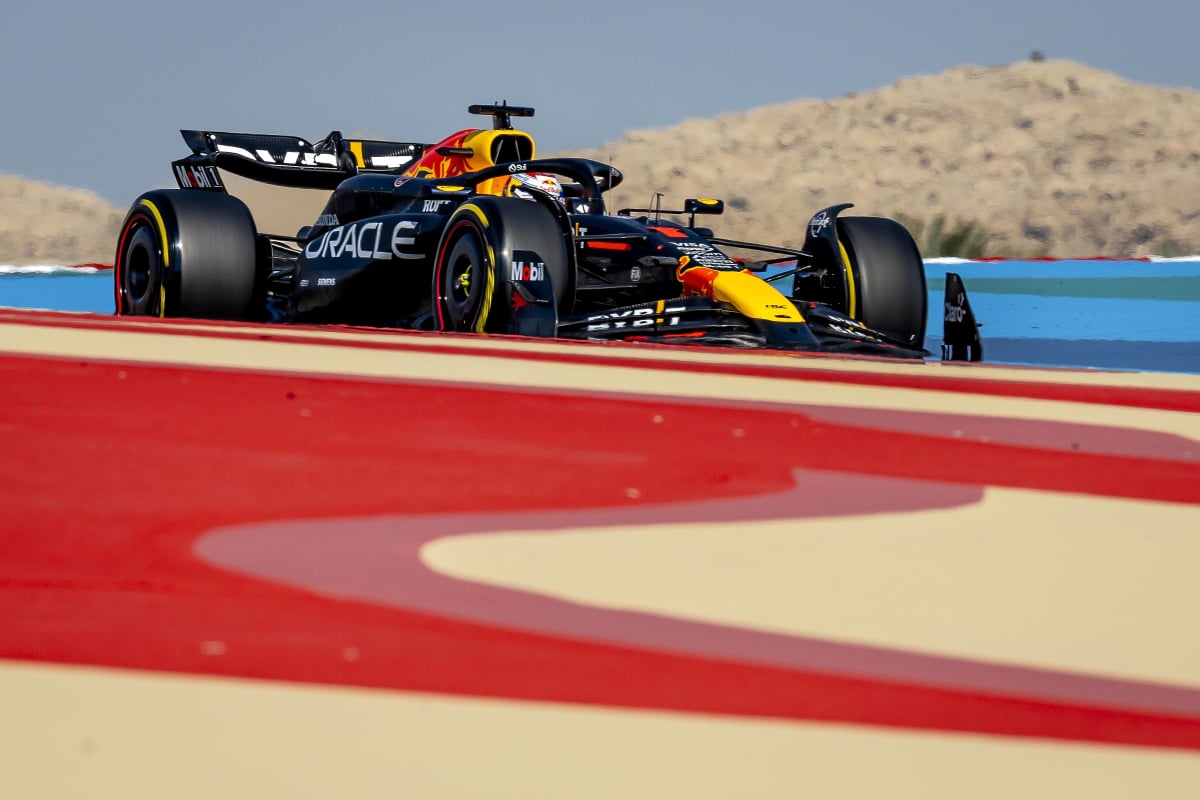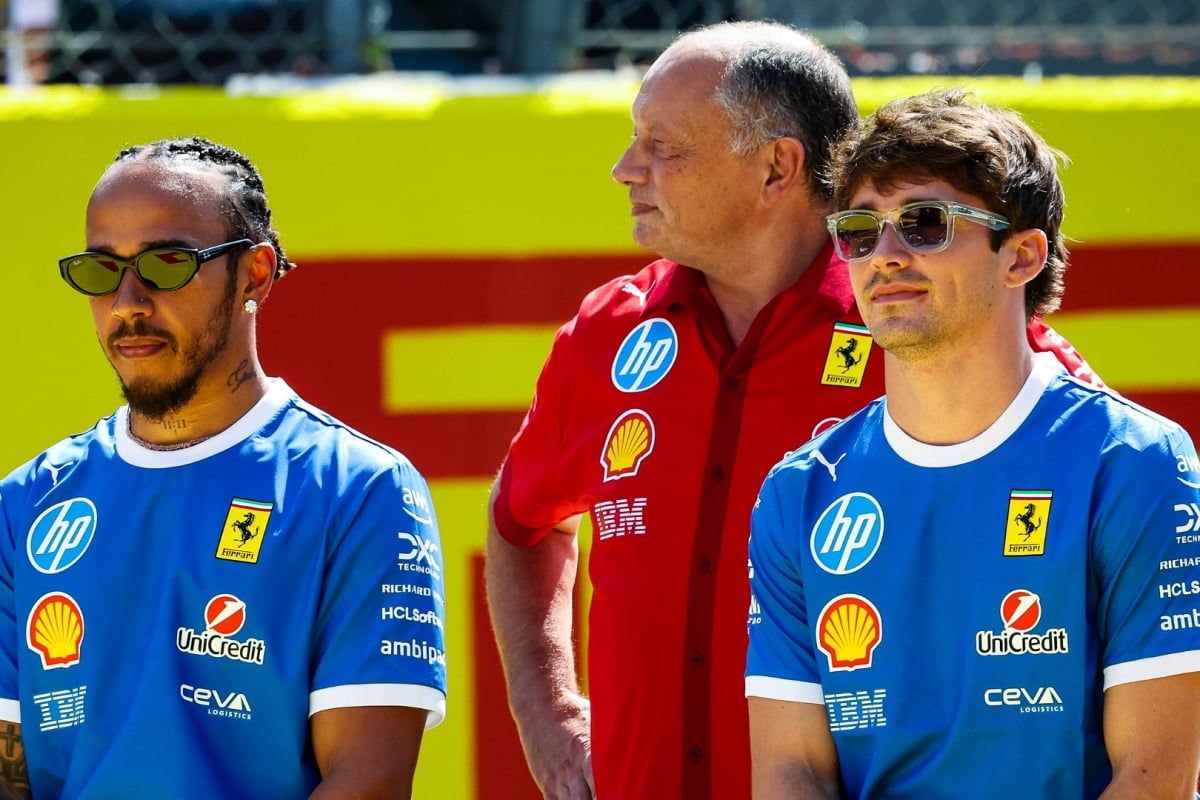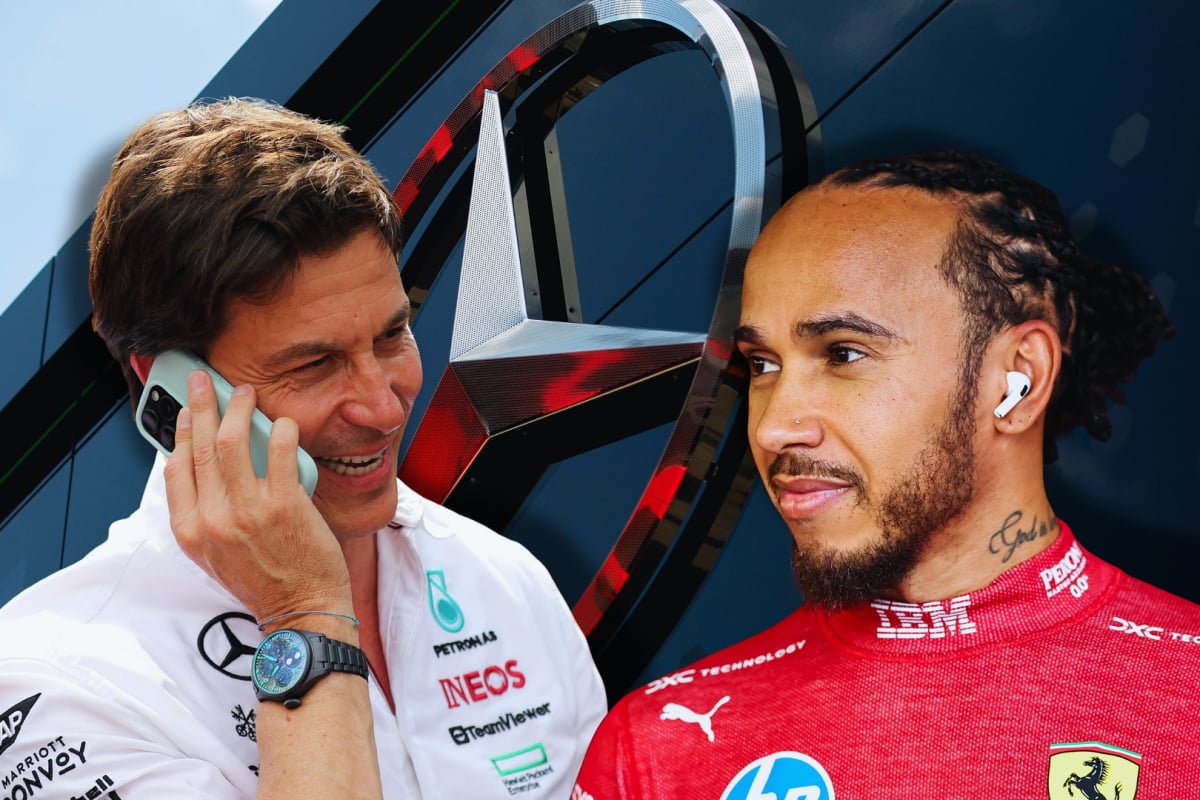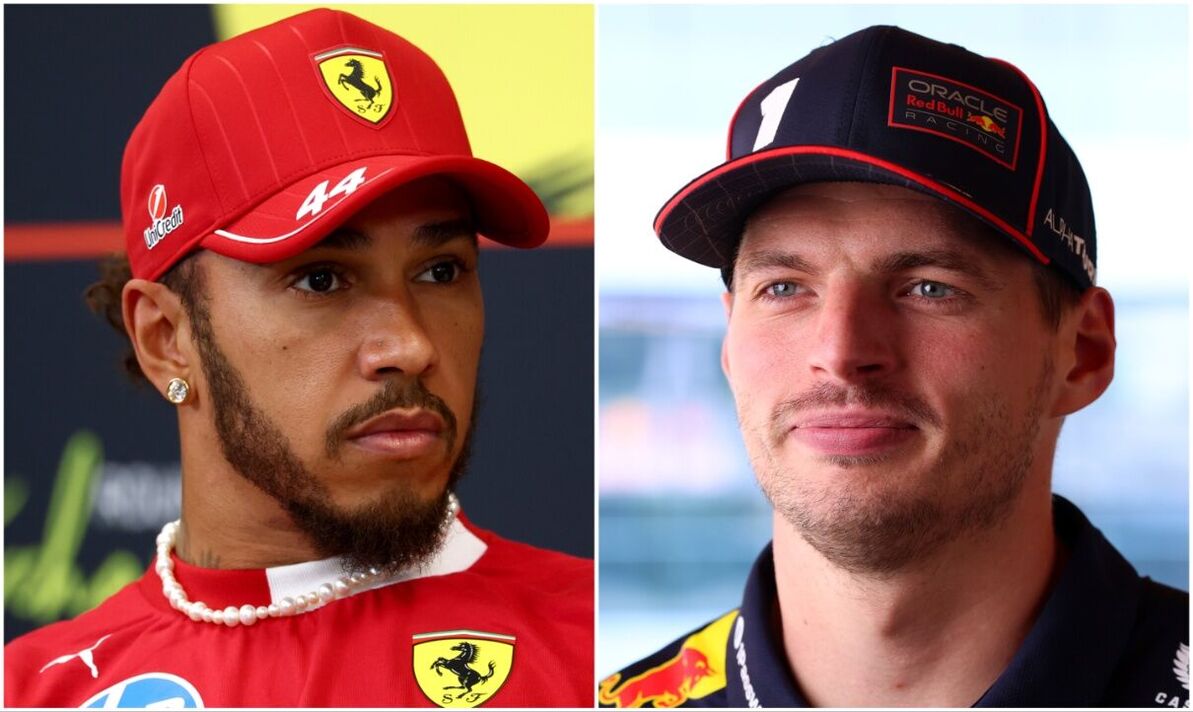F1 Announces Shock 2026 Calendar Shakeup with Extensive Pre-S… read more
In a major shakeup to its traditional structure, Formula 1 has officially announced a significant revision to its 2026 season calendar, highlighted by an expanded and restructured pre-season testing schedule. This strategic adjustment comes in response to the sweeping technical regulation changes that are set to redefine the sport in 2026. The modifications mark a departure from recent trends and are designed to give teams a more comprehensive preparation window ahead of what promises to be a transformative season.
The 2026 Formula 1 World Championship will kick off with the Australian Grand Prix, scheduled to take place from March 6 to 8 at Melbourne’s Albert Park Circuit. While the race weekend in Australia retains its prestigious season-opening status, the real story lies in what happens before the lights go out down under. Unlike the condensed three-day winter testing period that has been the norm since 2021, F1 will introduce a far more robust testing calendar spanning 11 full days, broken into three distinct sessions across two continents.
The revised testing schedule will begin with a five-day stint in Barcelona, Spain, from January 26 to 30. This opening leg will be held at the Circuit de Barcelona-Catalunya, a track long associated with pre-season preparations and a venue known for its variety of corners, which makes it a favorite for engineers looking to assess overall car balance and aerodynamic efficiency. Barcelona’s return as a testing venue is a nostalgic yet strategic decision, giving teams early insight into their 2026 cars’ baseline performance on a high-load circuit.
Following the initial test in Spain, the paddock will shift to the Middle East for two back-to-back three-day testing sessions at the Bahrain International Circuit. The first of these will run from February 11 to 13, followed by a second from February 18 to 20. Bahrain, with its reliable dry conditions and mix of slow-speed corners and long straights, has been the go-to testing location for several years. Holding two separate sessions there not only provides consistency but also allows teams to incorporate early findings from Barcelona into more refined setups and component updates.
The decision to expand testing is rooted in the magnitude of changes arriving in 2026. That year will see Formula 1 adopt a radically different set of technical regulations, including significant modifications to power units and chassis design. The new engine rules will emphasize sustainability and electrification, while aerodynamic changes aim to promote closer racing and improved overtaking. With such sweeping reforms on the horizon, the FIA and F1 organizers have agreed that teams need more track time to adapt, develop, and validate their machinery before competitive racing resumes.
This additional testing time is expected to level the playing field slightly, especially for midfield and lower-tier teams that often struggle to hit the ground running under new regulations. It will also serve as an extended proving ground for rookies and reserve drivers, offering valuable mileage in a live-track environment rather than relying solely on simulators.
As part of the broader calendar changes, F1 also confirmed a date adjustment for the 2026 Azerbaijan Grand Prix. Traditionally held on a Sunday, the race in Baku will now be run on Saturday, September 26. This unusual shift hints at potential logistical adjustments or television scheduling considerations that may also become a theme in future calendar decisions.
In sum, the 2026 F1 calendar is shaping up to be one of the most dynamic in recent memory. The pre-season overhaul, spearheaded by three rigorous testing programs, represents a proactive move by the sport to embrace its forthcoming technical revolution. With new cars, new engines, and a new era looming, the stage is set for one of the most unpredictable and exciting seasons in the history of Formula 1. Teams, drivers, and fans alike now turn their attention to January 2026, when the first glimpses of this bold new F1 future will be unveiled on track.




